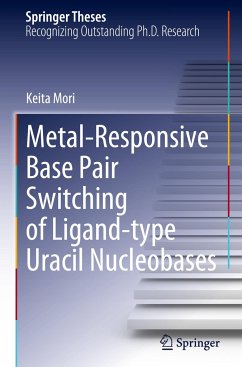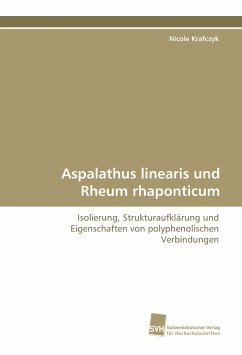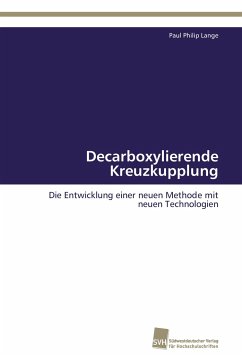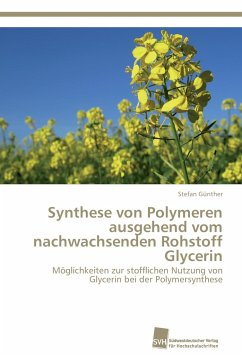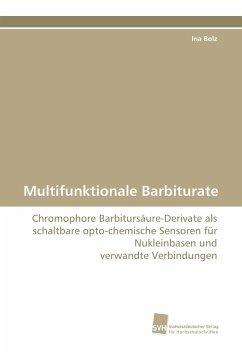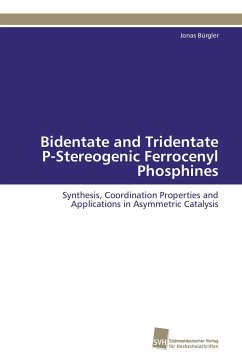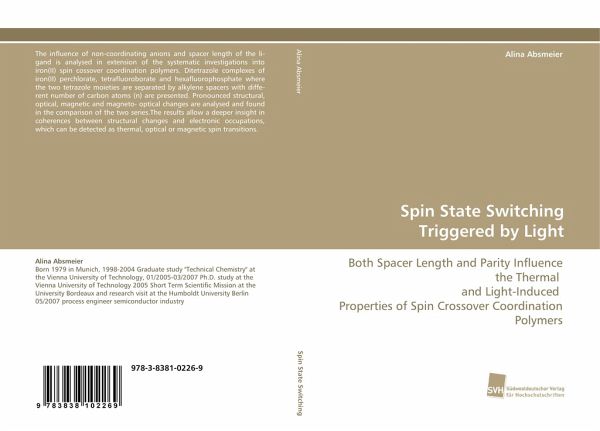
Spin State Switching Triggered by Light
Both Spacer Length and Parity Influence the Thermal and Light-Induced Properties of Spin Crossover Coordination Polymers
Versandkostenfrei!
Versandfertig in 6-10 Tagen
69,90 €
inkl. MwSt.

PAYBACK Punkte
0 °P sammeln!
The influence of non-coordinating anions and spacer length of the ligand is analysed in extension of the systematic investigations into iron(II) spin cossover coordination polymers. Ditetrazolecomplexes of iron(II) perchlorate, tetrafluoroborate and hexafluorophosphate where the two tetrazole moieties are separated by alkylene spacers with different number of carbon atoms (n) are presented. Pronounced structural, optical, magnetic and magneto-optical changes are analysed and found in the comparison of the two series.The results allow a deeper insight in coherences between structural changes an...
The influence of non-coordinating anions and spacer
length of the ligand is analysed in extension of the
systematic investigations into iron(II) spin
cossover coordination polymers. Ditetrazole
complexes of iron(II) perchlorate, tetrafluoroborate
and hexafluorophosphate where the two tetrazole
moieties are separated by alkylene spacers with
different number of carbon atoms (n) are presented.
Pronounced structural, optical, magnetic and magneto-
optical changes are analysed and found in the
comparison of the two series.The results allow a
deeper insight in coherences between structural
changes and electronic occupations, which can be
detected as thermal, optical or magnetic spin
transitions.
length of the ligand is analysed in extension of the
systematic investigations into iron(II) spin
cossover coordination polymers. Ditetrazole
complexes of iron(II) perchlorate, tetrafluoroborate
and hexafluorophosphate where the two tetrazole
moieties are separated by alkylene spacers with
different number of carbon atoms (n) are presented.
Pronounced structural, optical, magnetic and magneto-
optical changes are analysed and found in the
comparison of the two series.The results allow a
deeper insight in coherences between structural
changes and electronic occupations, which can be
detected as thermal, optical or magnetic spin
transitions.



